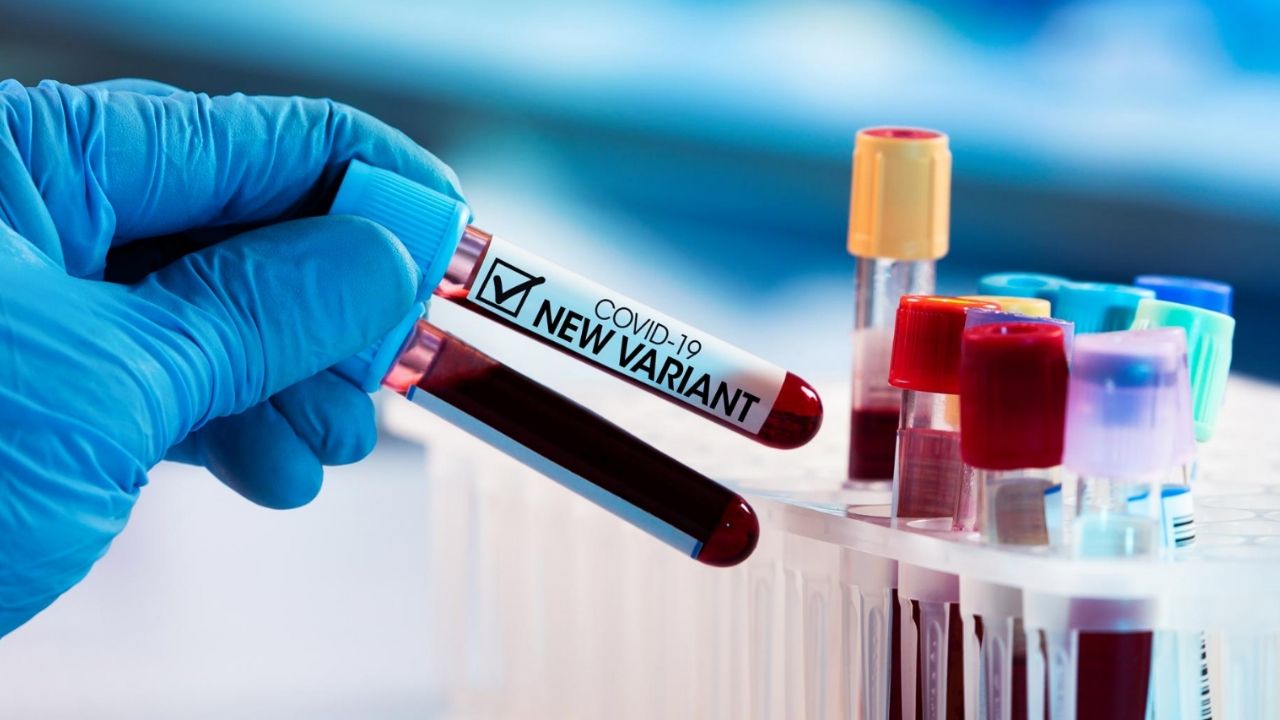Although, in Argentina, the cases of coronavirus have continued to decline in recent weeks, there is concern among health authorities due to the appearance of new variants of Omicron.
This, not only because, as well as the original lineage, the subvariants of the virusare much more contagious, also because they would have a greater resistance to the vaccine of the coronavirus.
These are the BA.4 and BA.5 subtypes of Ómicron, which are rapidly spreading throughout the world, which has generated new waves of infections with new characteristics, which could be almost as drastic as the first peak of the coronavirus, at the beginning of 2020.
Although the health authorities warn that these variants would not cause more serious cases than the other mutations of the virus and even present mild symptoms, there is concern about their high resistance to vaccines.

ANDExperts say that these new lineages could quickly replace the previous ones thanks to their high level of transmissionWell, today, they spread through countries such as South Africa, the United States, Israel, Germany, the United Kingdom, among others.
The same could happen in Argentina, since, according to recent studies, the BA.4 and BA.5 viruses, in addition to being highly contagious, partially evade the immunity provided by the vaccine.

This, in turn, means that people who have not applied any of the doses of the biological, completed their regimens or received the booster vaccine have an even higher risk of infection; because, even, it has been detected that the new lineages spread easily in immunized people.
What are the symptoms of BA.4 and BA.5
Just as the original lineage of the covid 19, these subvariants they present mainly respiratory symptoms, such as cough and shortness of breath; in addition, sore throat, fatigue and fever.

There may also be muscle pain and vertigo; however, specialists report that, in these lineages, the symptoms last approximately four days and not seven like Ómicron B.1.


















